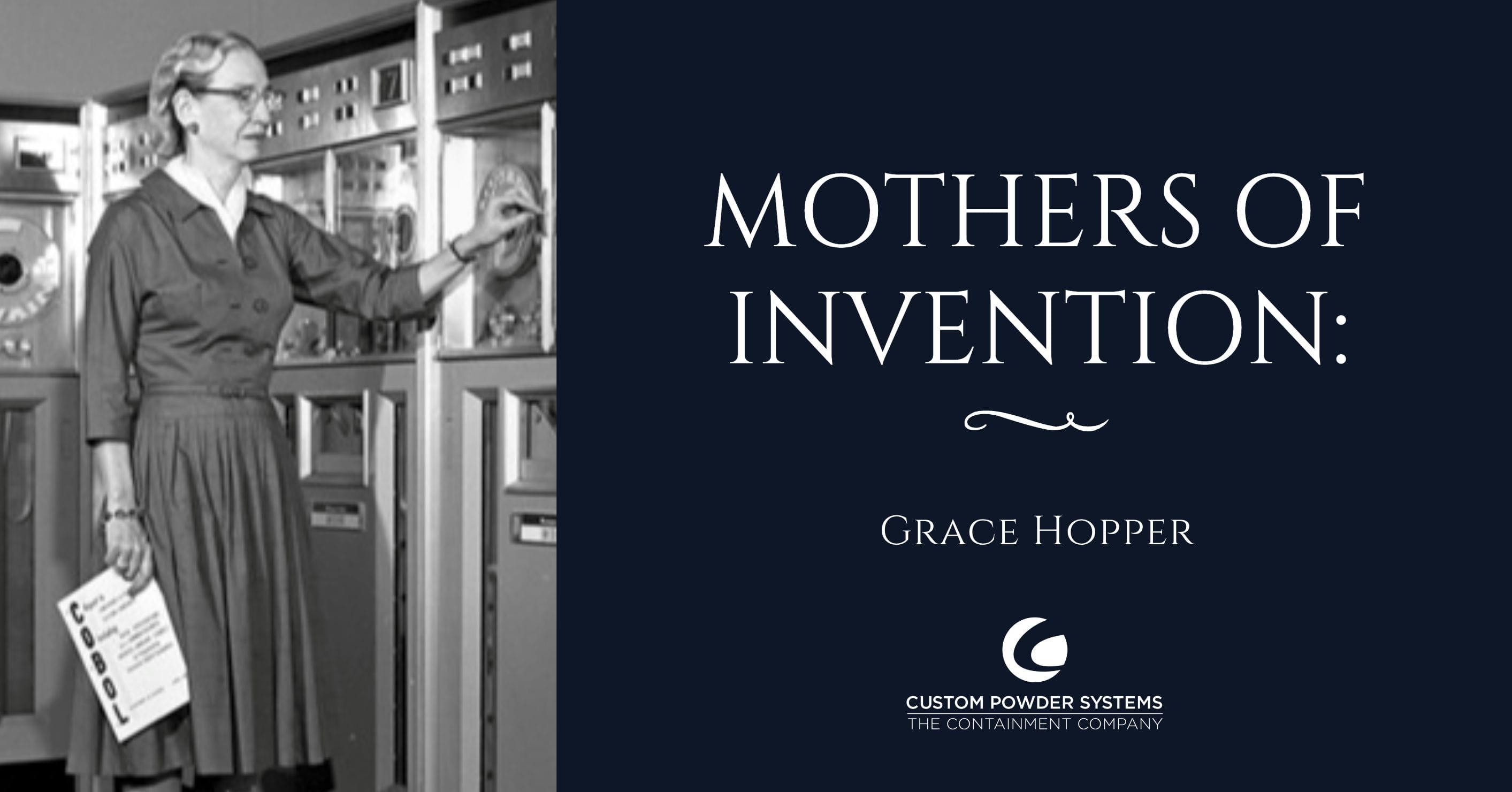If your home gets cold in the winter, you adjust the thermostat. However, in olden days, keeping a house warm involved laborious maintenance of wood or coal burning fireplaces and stoves. That all changed in 1919 when inventor Alice H. Parker received a patent for a “new and improved” furnace that paved the way for the HVAC systems we use today.
Before the era of central heating and air conditioning, keeping homes warm was not an easy task – and maintaining a constant temperature of your choosing was nearly impossible. Then, over a century ago, a revolutionary invention from a woman who overcame the odds to share her design with the world laid the framework for the comfortable climates we enjoy today.
No More Stoking the Fire
Little is known about Alice H. Parker, the African-American inventor credited with creating the model for today’s central heating systems. She was most likely born during the late 19th century in Morristown, New Jersey and was well-educated, having potentially been a graduate of Howard University with honors. However, other commonly-reported details of Alice’s life cannot be reliably confirmed due to conflicting documents, and the photos typically associated with her are of different women.
What is known is that a woman with that name received a patent on December 23, 1919 for a “new and improved” heating furnace powered by natural gas. At the time, natural gas was used for lighting and industrial heating, but most homes used wood-burning fireplaces or coal-burning stoves for warmth. Alice’s design offered a “comparatively simple, reliable, and efficient solution,” eliminating the labor necessary for keeping a fire going, as well as the smoke, soot, and ash that came along with it.
Turning up the Heat
Alice’s heating system worked by drawing in cool air and passing it through a series of small furnaces all connected to a common heat exchanger. Then, after being warmed using combustion of natural gas, the air would travel through ducts to individual rooms throughout the house. Notably, it was the first design to incorporate individually-controlled heating units, allowing each room to be set to its own temperature.
The move away from the use of coal or wood was revolutionary for several reasons, including eliminating the need to chop wood, reducing the risk for accidental fires, and providing a more cost-effective energy source. It was also a miraculous feat for Alice to have received a patent at all, considering she completed the process largely on her own in a time when women were not even allowed to vote, and many universities were not admitting black students into their programs.
Going With the Airflow
While her exact design was never actually implemented due to concerns of heat flow regulation, it became a significant framework for the central home heating models of the future. Today’s HVAC systems utilize similar components such as thermostats, zone heating, and forced air furnaces. It is said that her inspiration came from dealing with inefficient methods of heating her home during cold New Jersey winters, and her solution laid the framework for future generations to avoid such challenges.
In 2019, Alice’s accomplishments were recognized by the National Society of Black Physicists, acknowledging that her invention “conserved energy and paved the way for the central heating systems in homes today.” That same year, the New Jersey Chamber of Commerce established the Alice H. Parker Women Leaders in Innovation Awards, celebrating the pioneering contributions by women to the state.
While much of her legacy remains a mystery, Alice H. Parker deserves credit for her impressive invention and ability to successfully receive a patent despite her societal limitations at the time. Her design continues to make a significant impact on the comfort of our homes, for which we can all be grateful.
For more stories about professional women whose perseverance made them inspirational figures in their fields, check out our podcast, The Art of Engineering. You may also be interested in reading about the innovations of Josephine Cochrane, Margaret Rudkin, and Martha Coston.
To learn more about Custom Powder Systems and the art of engineering, sign up for our newsletter.







